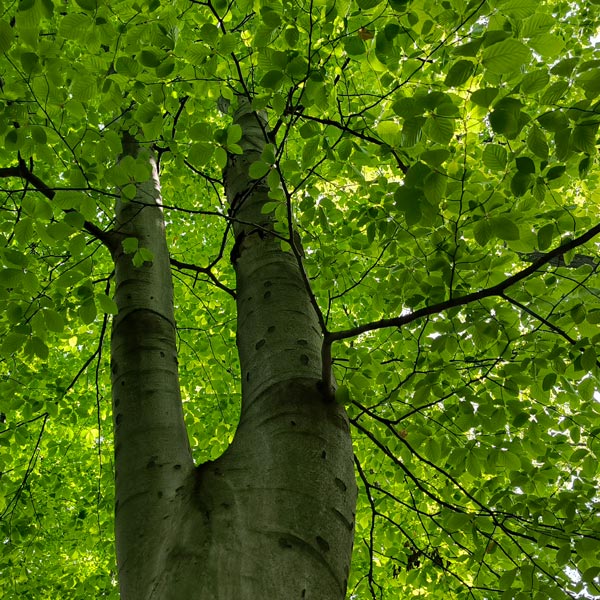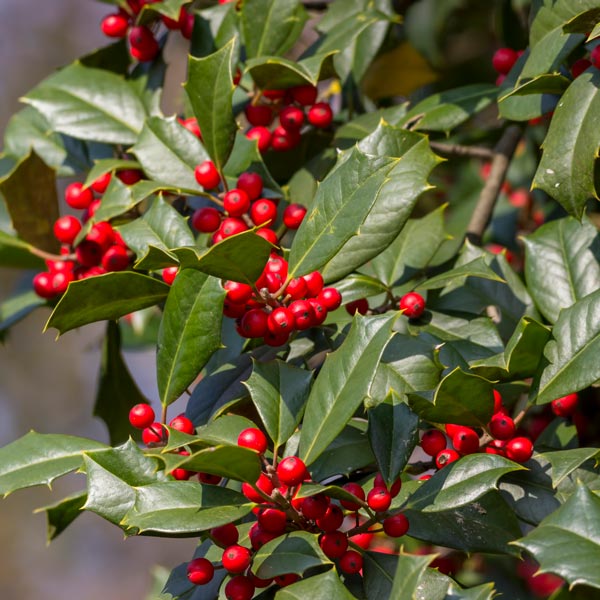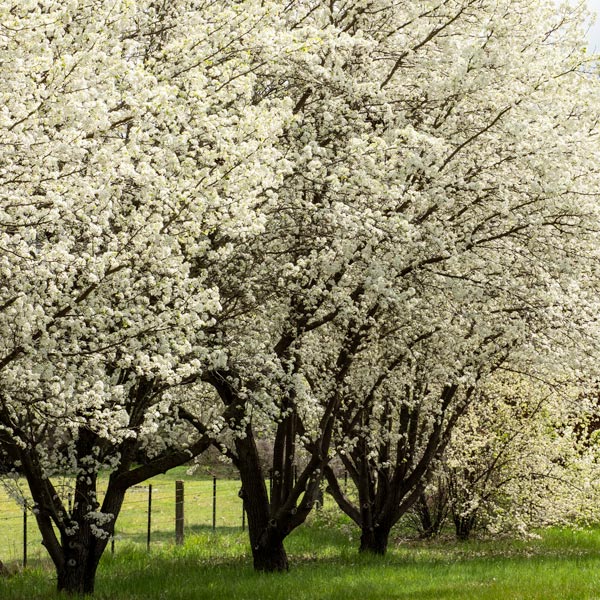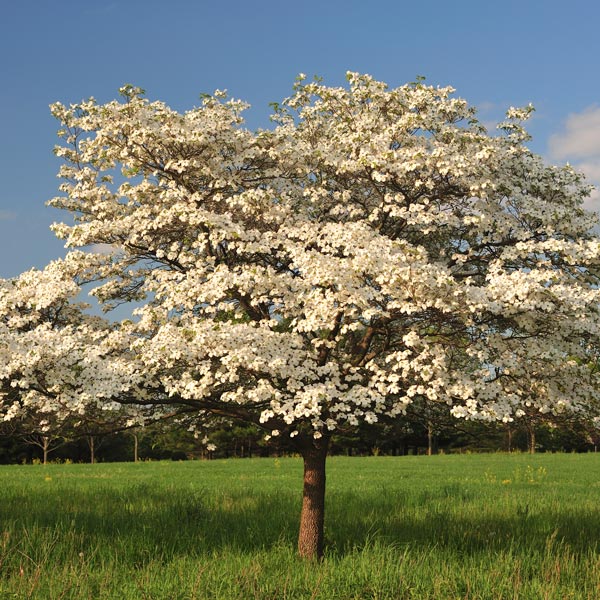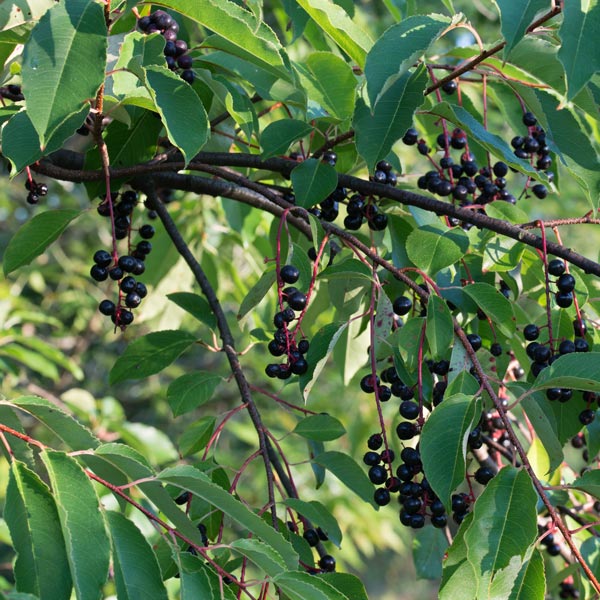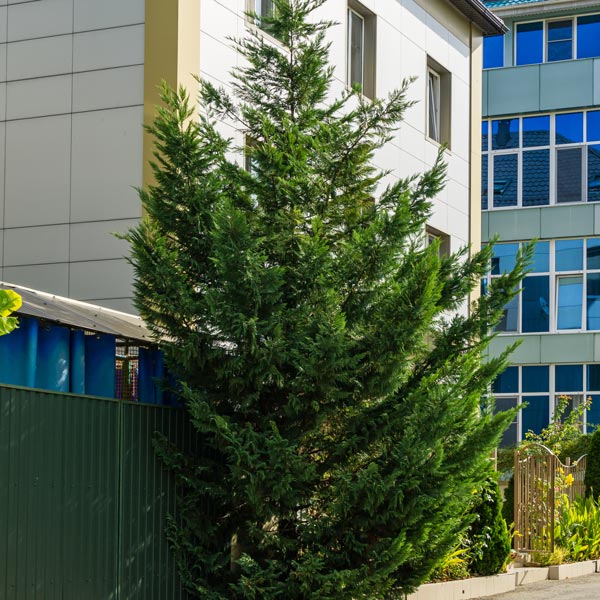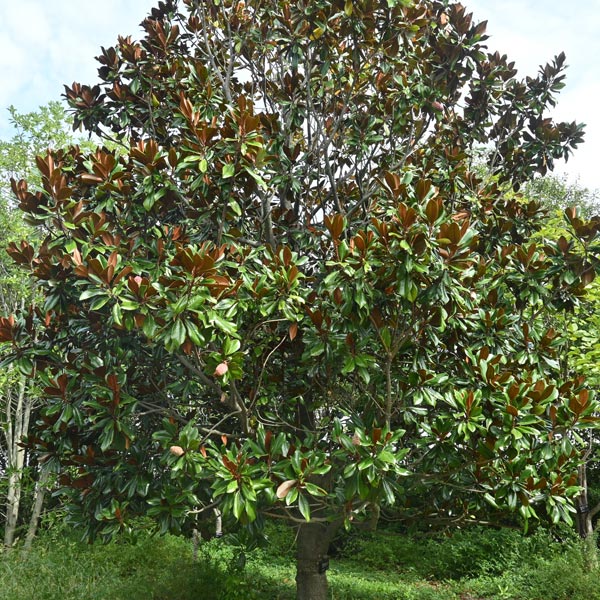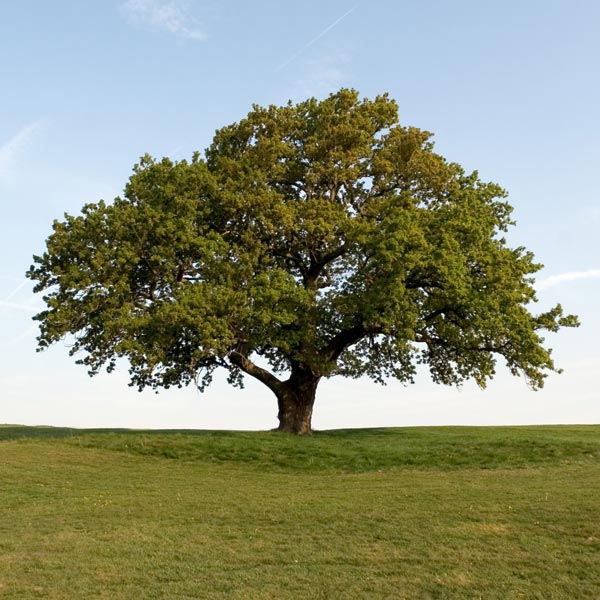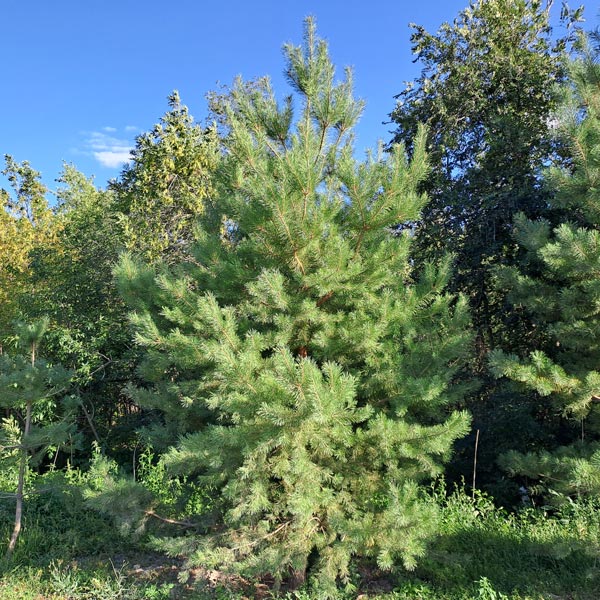Instant to Gradual Tree Shaping Guide in Jonesboro, GA; Trimming Trees for Views & More
This blog post may give you more of a history into tree shaping than you’d like, but here goes. Tree shaping can be considered organic architecture and trains living trees and woody plants into artsy shapes with careful orchestration of how the tree and the branches grow. Some techniques include grafting, creasing, framing, bending, twisting, weaving, braiding, pruning and ring barking to get the desired shape. Tree shaping has been around for several hundred years, at least. Evidence of this comes from living root bridges that were built by ancient War-Khasi people of the Cherrapunjee region in India. The people of that region still maintain them and continue to develop them. The art of tree shaping requires a combination of factors: a knowledge of how trees grow, time to make the design come alive and persistence to try different ideas.
Methods of Tree Shaping
1. Instant tree shaping. Also known as Arborsculpture, this method uses tree whips that are about 2-3 meters long. These whips are woven and bent in the desired shape and held by bars until the trees new growth rings form a cast. The new growth makes the cast stronger and stabilizes the new shape. This will depend on how mature the trees are other damage that occurs during the bending process. It can take 2-15+ years. This method can be used to fashion chairs and benches and can produce an instant and attractive effect in as little as an hour for a medium sized project. The drawbacks can include slow, uneven growth and dieback.
2. Aeroponic tree root culture. As the name suggests, this method grows the tree roots aeroponically. This method requires the roots to grow in a nutrient rich mix until they reach five meters or more in length. This allows the roots to stay flexible enough, so they can be shaped without damage before the tips are planted in the ground. Growing large amounts of roots can then be used as a building block and create an instant living structure. The roots will become thicker and create a solid wall of trees over time. The limitation to this method is that it can only be used for trees that can deal with their roots being exposed to the air.
3. Gradual tree shaping. This method starts with a supporting framework and the growth pathways are built into this frame, either on wooden jigs or shaped wire. The seedlings or cuttings are planted, and the actual shaping starts to happen within the shaping zone. Depending on the size of the project, the training may be daily or weekly until the desired design is achieved. When the trees have reached the desired length, they should be given time to thicken. This method gives a repeatable, even growth that saves time with the testing process. The tree also avoids stress as it grows. But, this method may need 5-20 minutes of checking or training a day during the grow season.
Tree Trimming, Pruning & More in McDonough, Jackson, Jonesboro, Fayetteville, Hampton, Sunny Side GA | Fayette, Clayton & Henry Counties, Georgia
Milam’s Tree Service can handle all your tree care needs. Contact us to make an appointment today!

